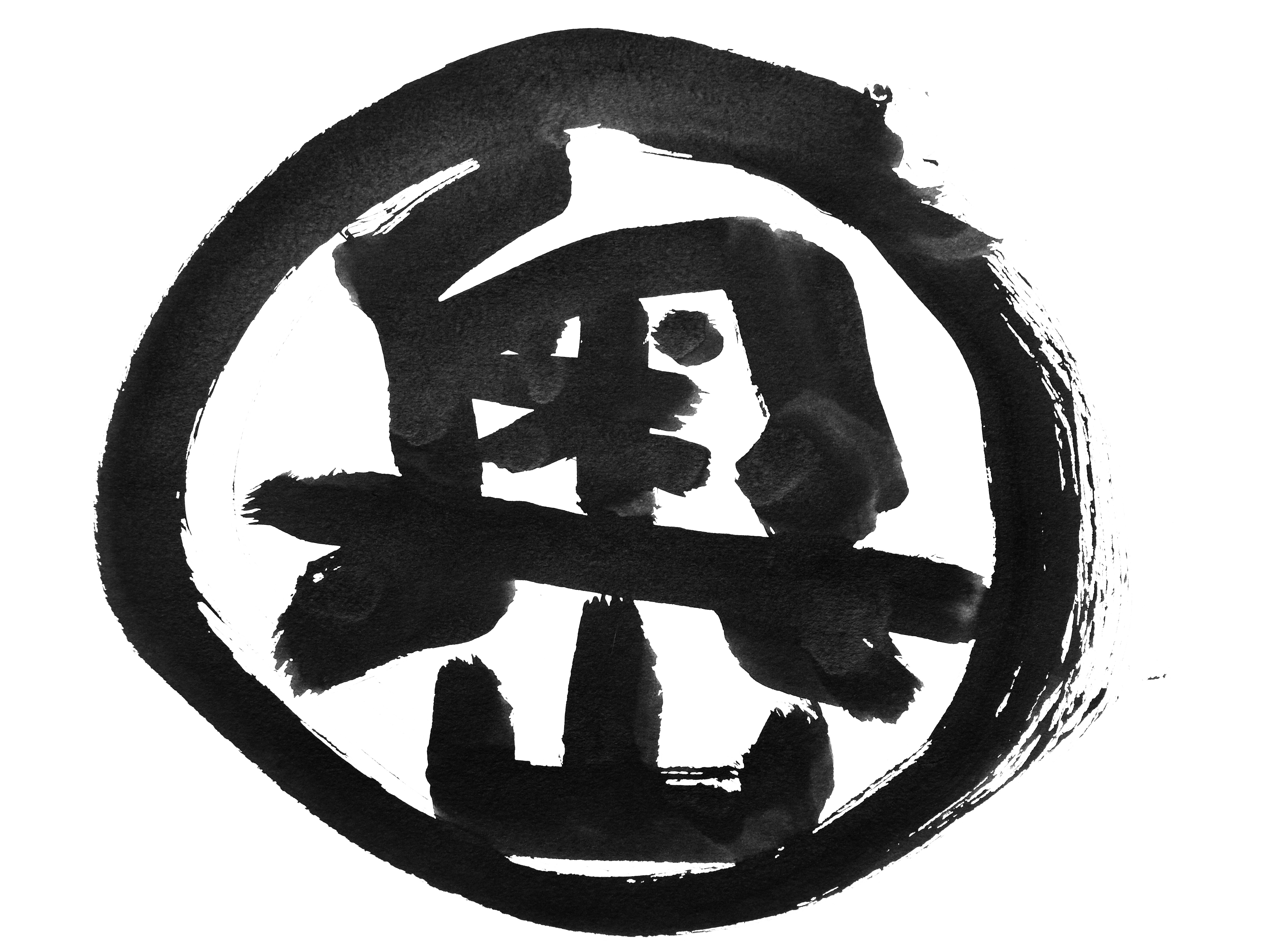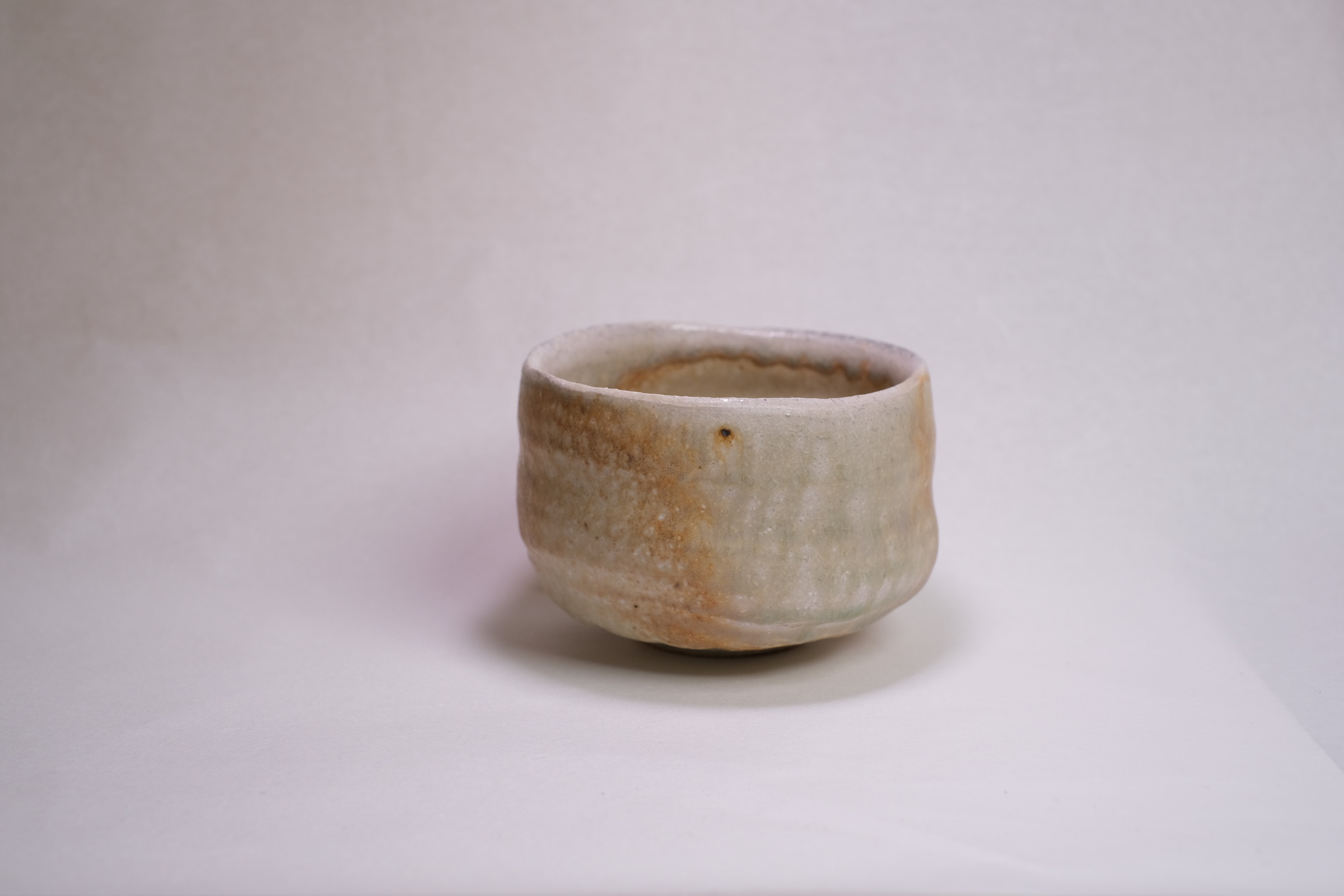茶碗;一声 (Lecanora Color series Tea Bowl, "issei")

個数4~10
Transparency Points
透明性項目
品物のハイライト
この品物の注目して欲しいポイント
作り手
品物の生産に関わった作り手の顔とコメント
生産地
品物が作られた場所
原材料
品物の素材や原料
陶土
90%
木灰
5%
長石
4%
ソーダ灰
1%
リサイクル素材
リサイクル素材が使われている割合
We love using found and no longer needed materials to incorporate into our product and studio.
SDGsへの貢献
この品物がどのSGDsに貢献しているか
It is my hope that bringing an artistic expression into functional pots can enrich people's lives in many crucial and helpful ways that will have a positive effect on society and the world.
コストの詳細
コストの内訳を開示
Most of the expenses is labor. All the profits from the sales of our pots goes to the development and running of our education center.
影響・効果
社会にどんな影響・効果があるのか
My focus in making and selling my work is on the emotional/energetic impact and the potential for this to bring a positive change to the people who are drawn to my work.
レア度
品物の希少性

Story
品物のストーリー
I think pottery has the chance for an intimate direct expression between the maker and the person using the pots. For me it feels natural and relieved the anxiety I felt about trying to make a similar connection with my drawings. Because of this I have a strong desire to express myself as an artist through pottery.
Learn Stories of Makers
It is my hope that bringing an artistic expression into functional pots can enrich people's lives in many crucial and helpful ways that will have a positive effect on society and the world.
As I worked to develop my pottery practice, I kept learning about Japanese traditional pottery. There is a depth and care not only for making pots but for using and appreciating them too. Moving to Japan has opened up new worlds and adventures in my learning that I didn’t even know existed before.
As I have studied Japanese pottery techniques and culture I have developed a connection with the early tea ceremony philosophies and the Momoyama Era aesthetics; the connection to nature and the quiet focused use of pots makes me feel supported and excited to make my art.
One of my main projects in Japan is to combine traditional Japanese pottery materials with the American style of Soda Firing. Soda Firing is a technique where you add soda ash solution to the hot kiln creating vapor that travels with the flames and paints the pots. It has similarities to the way a wood firing in a traditional Japanese kiln can paint the pots but with a unique look and feel. For me, mixing this western firing style and the ancient traditions of Japan creates a new energy and unique way of seeing both of the cultures and their traditions.
